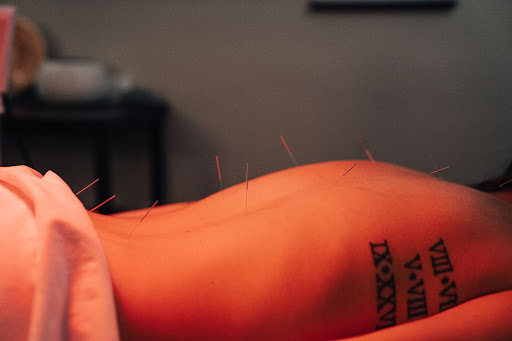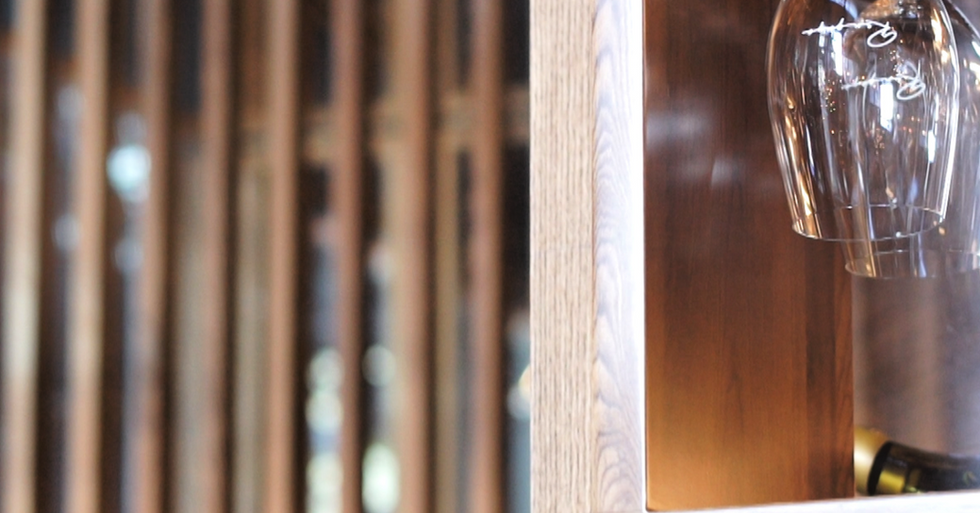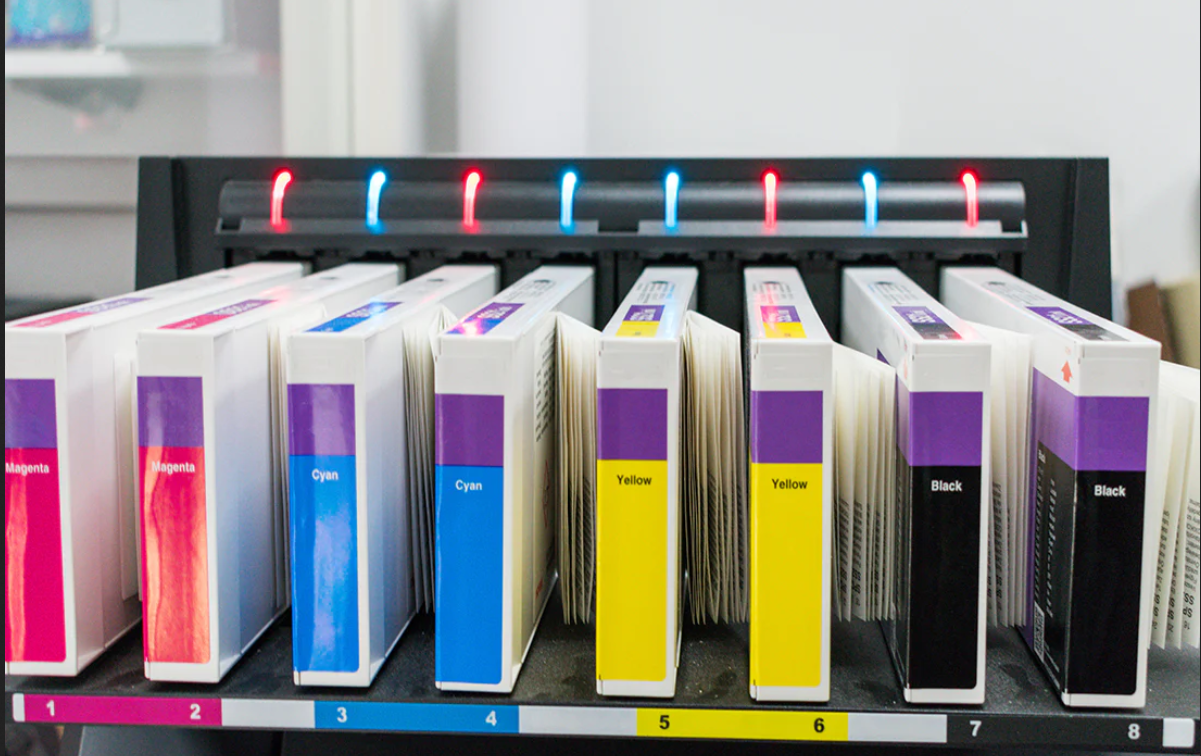Wearing Invisalign aligners to straighten your teeth can be a significant adjustment, mainly when sleeping with them. Fortunately, Invisalign is designed to be discrete and comfortable to help you have the smile of your dreams without the hassle of metal braces. But sleeping in them can take some getting used to. Many patients will wonder how they can wear their appliances for long periods, especially at night when they are not used to having something in their mouth. If you need help, you can consult a skilled dentist in Tehachapi who will tell you how to do it to get the best out of your treatment.
Here are tips to help adjust to wearing Invisalign aligners while sleeping.
Why You Should Wear Invisalign Aligners While Sleeping
Invisalign aligners work best when worn for at least 20-22 hours a day, including wearing them during the night while you sleep. Wearing them while sleeping ensures the aligners stay in place, exerting the necessary pressure on your teeth to shift them into the desired position gradually. Skipping sleep hours could extend the duration of your treatment, so it’s crucial to wear them consistently.
The aligners are comfortable and smooth, thus less invasive than traditional braces. However, the adjustment period may take patience because you must get used to having them in your mouth as you sleep.
Tips to Adjust to Wearing Invisalign Aligners While Sleeping
Here are several helpful strategies to make wearing your Invisalign aligners during sleep a more comfortable experience:
1. Start Gradually
If you’re struggling with the idea of wearing your aligners for extended periods, start wearing them for a few hours at night. Gradually increase the time you wear them while you sleep to allow your body to adjust. It’s normal to experience some initial discomfort, but it will become easier with time.
2. Keep Your Aligners Clean
Clean aligners are not only essential for oral hygiene, but they also contribute to overall comfort. Make sure to clean your Invisalign aligners regularly to prevent any bacteria or plaque buildup. This will make them feel more comfortable and help maintain their oral health during treatment. Use a soft toothbrush, mild soap solution, or an Invisalign-approved cleaning product to keep your aligners fresh.
3. Good Oral Hygiene
Brush your teeth well before putting on the aligners at night. This will ensure you do not trap food particles between your teeth and the aligners when you sleep. Cleaning your mouth will prevent discomfort and maintain healthy gums during the treatment.
4. Orthodontic Wax for Discomfort
It is normal to feel discomfort when you get used to Invisalign aligners. If the aligners irritate the inside of your cheeks or gums, you can use orthodontic wax to create a protective barrier between the aligners and your mouth. This will reduce friction and make sleeping with your aligners more comfortable.
5. Sleep in a Comfortable Position
Sometimes, sleeping position may influence how your aligners fit or cause discomfort. Avoid sleeping on your stomach or with your face pressed into your pillow, which may put pressure on the aligners and cause discomfort. Sleep on your back or side, which minimizes pressure on the aligners, thereby preventing discomfort.
6. Hydrate
Dry mouth is a common problem while sleeping with the aligners. Drink plenty of water throughout the day to minimize dryness and discomfort. Adequate water consumption can also help prevent the growth of bacteria or plaque on your aligners, which keeps them clean and fresh.
7. Be Patient
It will take some time to adjust to wearing the Invisalign aligners at night, and it would be best to exercise patience throughout this period. There is pain in the initial stages, but most are usually relieved when it wears off with time. You should consult your dentist for unceasing pain or discomfort, who can then work to alter your treatment.
Wearing your Invisalign Tehachapi at night is integral to the treatment process and will ensure you get the best results. Thus, by making these adjustments to your daily routine, you will easily tolerate wearing your aligners and minimize the problems that may be pertinent during the adaptation period. If your adjustment troubles continue, don’t fail to see a dentist who can provide personalized adjustments and other necessary adjustments to ensure that your treatment is going just fine.







